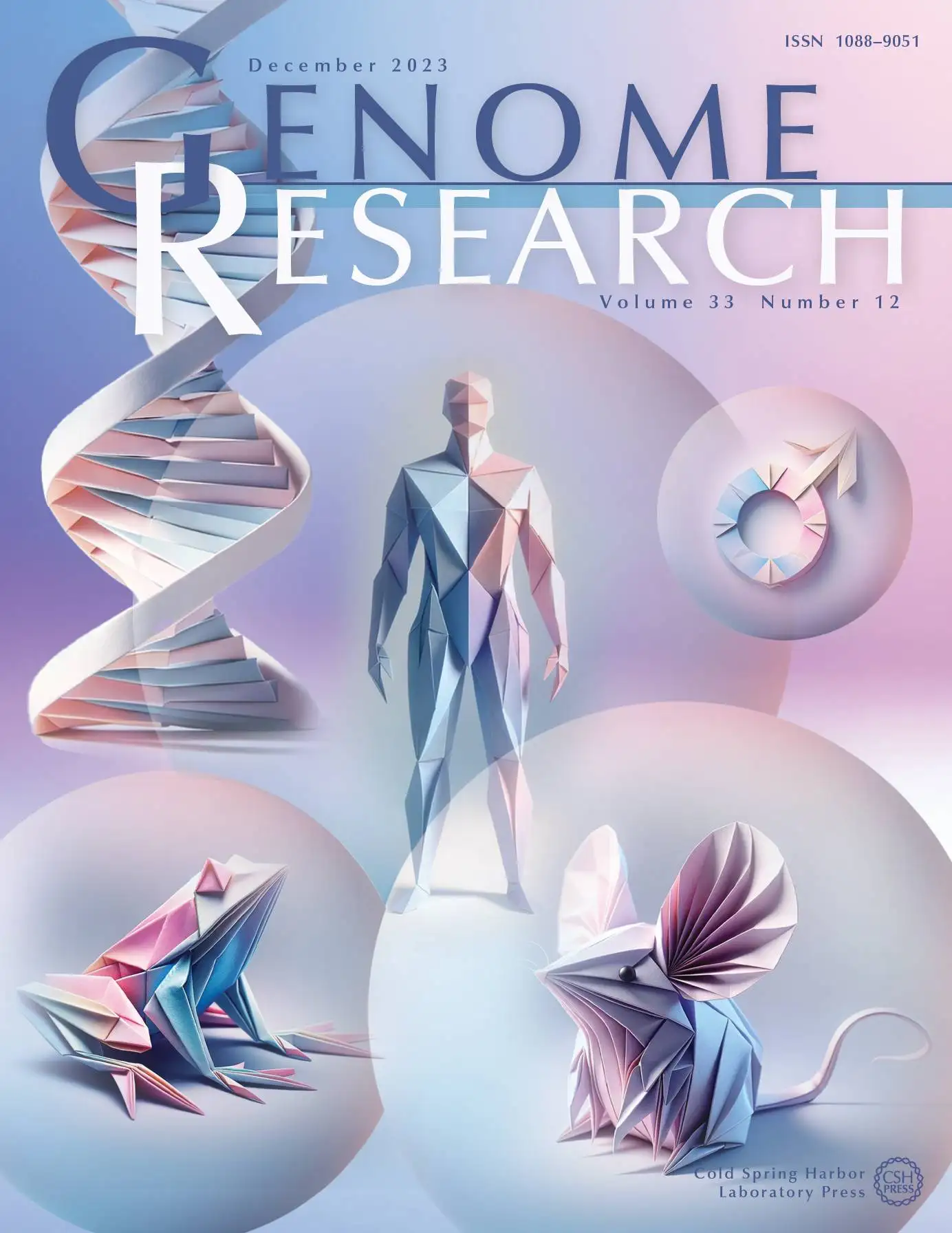Sperm's Creative Approach to Genome Packing
The Science
Just like Origami, DNA is intricately folded inside of a cell’s nucleus. DNA compaction differs in distinct cell types, like somatic and germ cells, and is typically tightly controlled by the function of Cohesin, a protein complex that mediates sister chromatid cohesion and DNA looping. In this issue of Genome Research, a study from the Peters lab (IMP Vienna) shows that in frog and human sperm, genomic DNA is not folded by cohesin, as it is in somatic cells, possibly because in these cells DNA is densely packaged by specialized sperm proteins called protamines.
This important paper implies that in sperm from all vertebrate species genomic DNA might be packaged very differently from how it is folded in somatic cells. Curious about the details? Check out the paper.
The Art
Origami, the intricate Japanese art of paper folding, serves as a fitting metaphor for the complexity of DNA compaction within the cellular nucleus. Just as a flat sheet of paper is meticulously folded and creased into a compact, three-dimensional shape, so too is the expansive length of DNA intricately wound and looped to fit within the confines of the minuscule nuclear space.
This biological origami is not just for aesthetic appeal but is a crucial process for cellular function, where each fold affects expression of the embedded DNA sequence. Cohesin allows the vast genomic library to be effectively condensed, yet readily accessible for the cell’s transcription machinery – much like a well-folded paper holds the promise expression.



